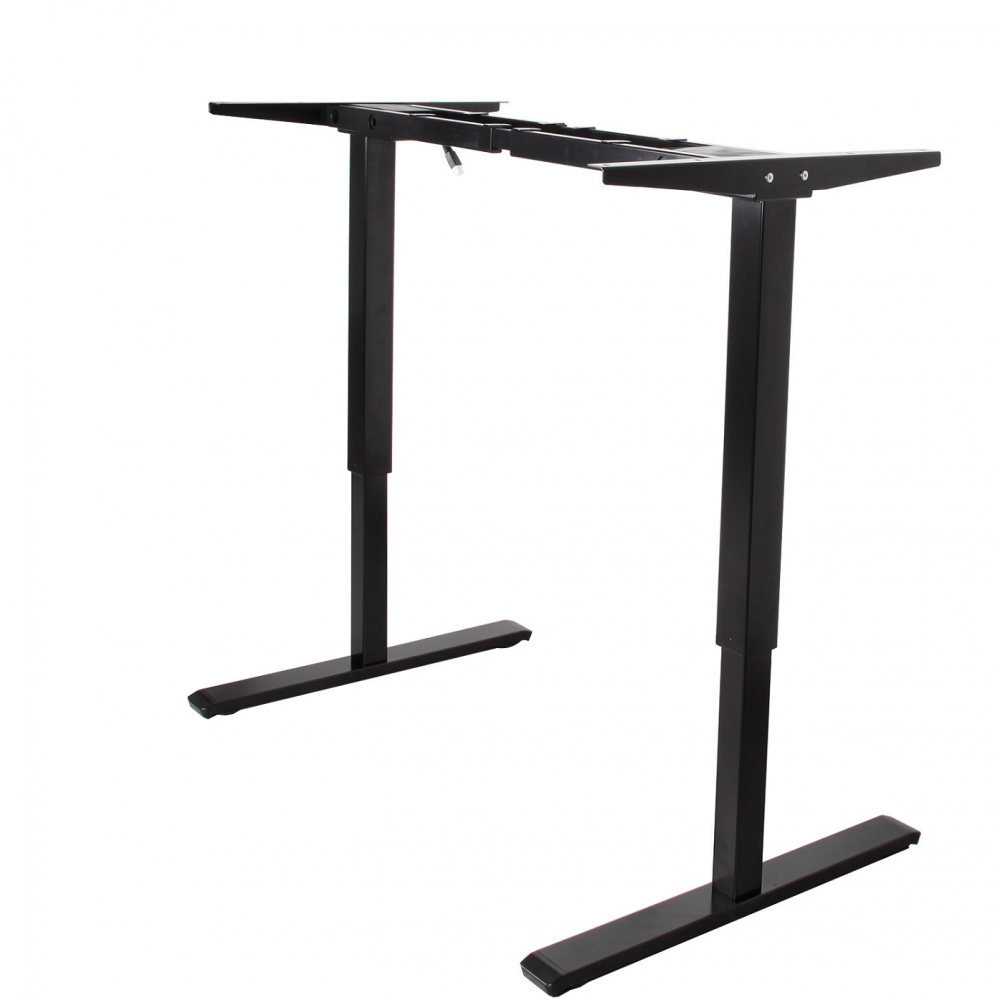1. Viscosity.
Viscosity, also known as internal friction, is the resistance that occurs when one layer of fluid moves relative to another layer of fluid. It is a characteristic of the fluid inside that hinders its flow. The ink viscosity is generally expressed in terms of "poise" and "centimeter poise." The screen printing ink has a viscosity of about 4000 to 12,000 centipoise.
Excessive viscosity The ink has poor wettability with the substrate and is not easily transferred to the substrate through the screen. Difficult to print, imprinted missing ink.
If the viscosity is too small, it will cause the imprinting to expand, resulting in the consolidation of print lines and becoming waste products.
The viscosity index can be measured using a viscometer.
The relationship between viscosity change and printability is: the ink on the plate, the more stable and better the viscosity, but the transfer to the print, the viscosity becomes faster and better. Thixotropy is unfavorable to the former and beneficial to the latter, so proper thixotropy is desirable, and shear transposition is not good for printing.
Solvents, dilution penalties, or plasticizers can reduce the viscosity; fillers, pigments, and silicides can increase the viscosity.
Screen printing ink performance solution - viscosity
A sedentary lifestyle is closely related to many health risks, such as back or neck pain, high blood pressure, heart disease, and obesity.
As one of the most professional Height Adjustable Gaming Desk manufacturers in China, we have been adhering to the business philosophy of "customer first, quality first" to this day, insisting on providing our customers with high-quality services and high-quality electric Height Adjustable Table and pneumatic lifting desk. Expand our product categories to meet the different needs of customers.
Height Adjustable Desk,Adjustable Standing Desk For Home,Adjustable Desktop Standing Desk,Height Height Adjustable Gaming Desk
CHEX Electric Standing Desk , https://www.zjqxhdesk.com